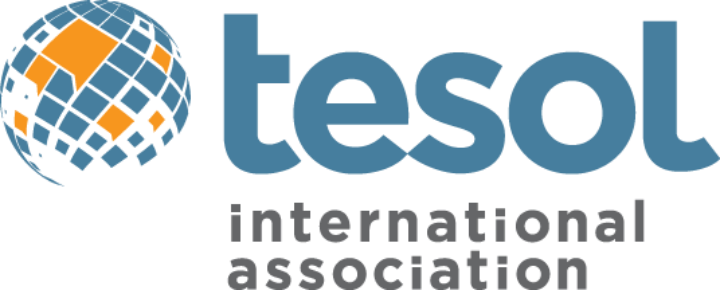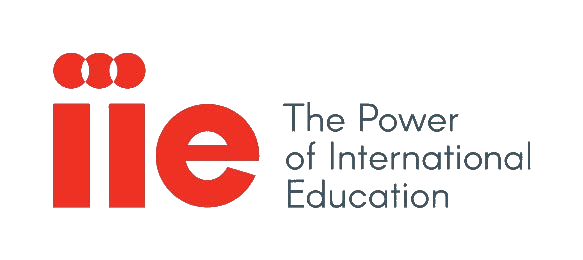Statement on 2019 Intensive English Program Trends


Intensive English Programs (IEP) have historically been one of the first touchpoints for many international students coming to the United States in the pursuit of a U.S. university degree. According to the 2019 Open Doors Report on International Educational Exchange, while the overall number of international students in the United States increased to 1,095,299 during academic year 2017/18, the number of international students enrolled in intensive English at higher education institutions continues to decline, although it is notable that the rate of decline has slowed. IEP programs are susceptible to changes, both positive and negative, as student enrollment turns over annually, unlike that of the overall international student enrollments in multi-year degree programs.
The U.S. IEP market is resilient, weathering shifts in international student enrollment trends in intensive English. In the 2018 calendar year, 400 IEPs enrolled 78,098 international students to study intensive English for 1,057,650 student weeks (Open Doors, 2019). This reflects an approximate 10 percent decline in IEP students and a 14 percent decline in student weeks, an improvement from 2017 when IEP student enrollment fell by 20 percent and student weeks declined by 20 percent.
IEP student enrollment varies by world region. For the first time since 2014, Latin America and the Caribbean saw growth in the number of international students studying in IEPs (+8 percent). The Middle East and North Africa (-18 percent) as well as Sub-Saharan Africa (-21 percent) continue to experience double digit declines, though less steep than the declines in 2017. The decline in the Middle East and North Africa continues to be driven by a decline in the number of students from Saudi Arabia (-13 percent), a leading place of origin for IEP students in the United States. Europe and Asia also declined by 9 and 8 percent, respectively, though Asia maintains its hold as the largest region of origin with 54 percent of IEP students in the United States coming from Asia.
The U.S. market of IEP students has room to diversify. Two-thirds of IEP students in the United States come from just five countries. The leading places of origin for IEP students are China (17,700), Japan (12,305), Saudi Arabia (9,661), Brazil (6,154), and South Korea (5,619). Growth in the number of IEP students from Brazil (+13 percent), Mexico (+10 percent), and Colombia (+7 percent) reflect the regional growth for Latin America and the Caribbean.
The average IEP weeks per student varies by region. The overall average program duration is 13.5 weeks per student, likely driven by Asian students who, on average, enroll for 13.9 weeks and comprise more than half of all IEP students. It is notable that 9.5 weeks per student is the average program duration for students coming from destinations in Latin America and the Caribbean, while students from the Middle East and North Africa select programs averaging 19.2 weeks in duration.
Fluctuations in the IEP market present both a challenge and an opportunity to the many colleges and universities, organizations, and other providers who work together to create intensive English programming. Similar to shifts in overall international student enrollment, multiple factors impact the number of international students coming to the United States to pursue English language studies. These factors include the availability of scholarships and funding, access to local or home-based English language, and advances in technology and online learning opportunities, among others. Recommendations from TESOL International Association and other key stakeholders supporting IEP providers in the United States are for IEPs to:
- Continue to prioritize international student outreach and recruitment
- Participate in advocacy efforts with federal agencies and other organizations that focus on offering a welcoming environment for all international students
- Attend conferences, workshops, webinars, panels, etc. to stay up to date on the latest issues impacting IEP enrollment
- Provide opportunities for staff and program administrator professional development so that programs can continue to offer strong programming
For more data on overall international student enrollment in the United States, visit www.iie.org/opendoors.